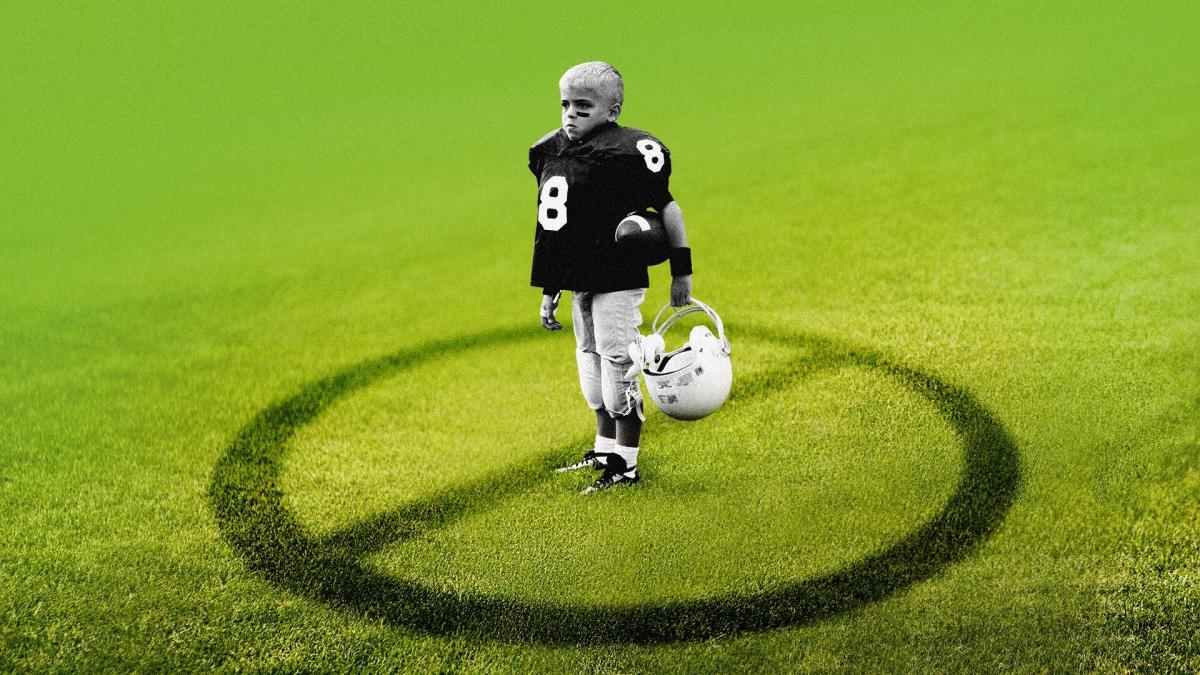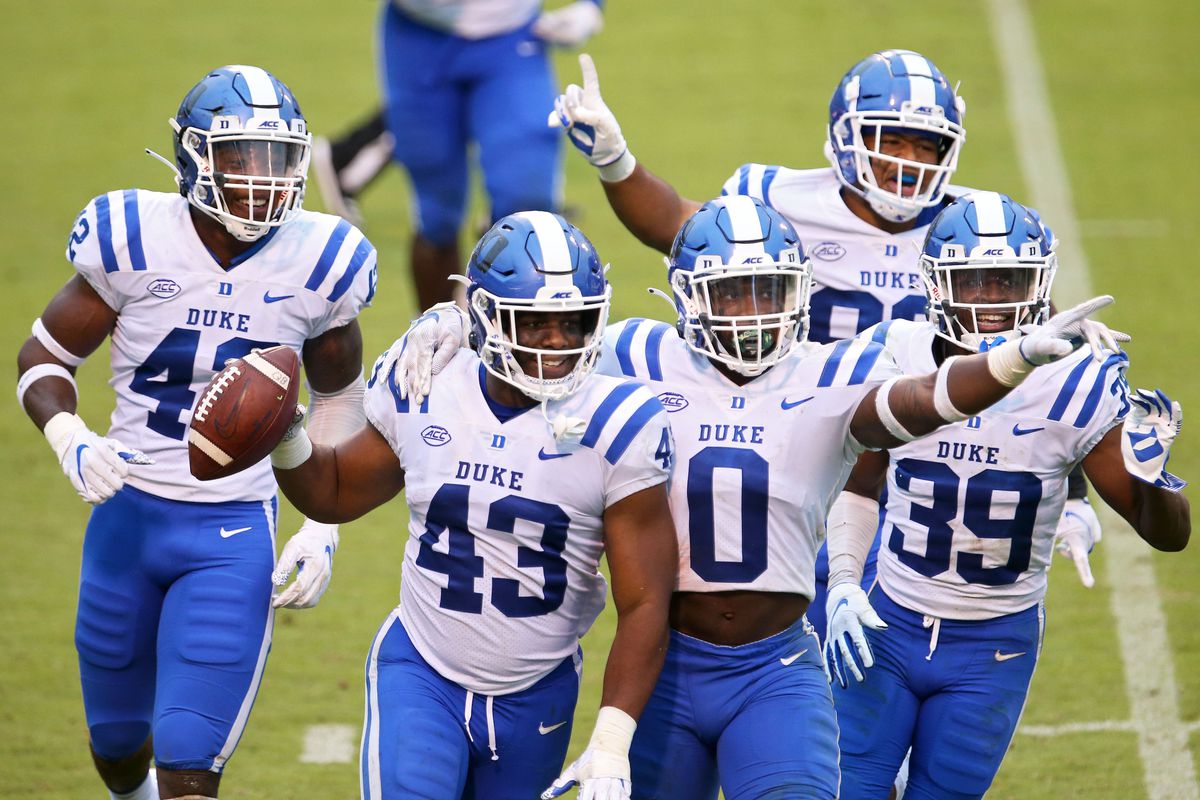What’s happening
A bill that would have made California the first state in the country to ban tackle football for young children was abruptly derailed last week when Gov. Gavin Newsom announced that he would veto the legislation if it ever came to his desk.
“I am deeply concerned about the health and safety of our young athletes, but an outright ban is not the answer,” Newsom, a Democrat, said in a statement.
Proponents of the potential ban, which was similar to failed proposals brought forward in a handful of other states, argue that there is “no real safe way to play youth tackle football.”
Millions of kids suffer significant injuries playing sports every year, and football plays a big part in that, but it’s not sprains or broken bones that are fueling calls to eliminate youth football. Over the past decade, researchers have found strong evidence that starting tackle football at a young age can significantly increase the risk of developing a degenerative brain disease known as chronic traumatic encephalopathy (CTE) later in life. CTE has been linked with a wide range of cognitive issues, including memory loss, depression, early-onset dementia and suicidality.
Revelations about the dangers of head trauma have rippled through every level of sports and have been especially pronounced in youth athletics. The U.S. Soccer Federation bars kids from heading the ball until they turn 11, and body checking is illegal under USA Hockey rules for everyone 12 and under. Youth football leagues have made some changes to reduce the risk of head trauma, like limiting how much practice time can be spent on contact drills, but kids who play football still endure as many as 15 times the number of blows to the head as those who play less violent sports.
While no state has banned youth tackle football, concerns about CTE have contributed to a major drop-off in participation across the country. More children under the age of 12 now play flag football, the non-contact alternative, than the traditional game, though tackle football is still dominant among middle schoolers and older kids.
Why there’s debate
Football is by far the most popular spectator sport in the U.S., to the point that the Super Bowl has become a de facto national holiday. But just over half of Americans — along with a long list of scientists, experts and even superstar players — believe the game is simply too dangerous for young kids to play.
Supporters of a ban point to research that suggests the cumulative number of hits, not just major blows that cause concussions, can make a huge difference in the likelihood of developing severe brain issues later on. They argue that forcing kids to wait until middle school to play tackle football will spare them from thousands of additional collisions at a time when their brains are in critical stages of development. Flag football advocates add that young kids can still fall in love with the game and develop the core skills that will set them up for success once they begin tackling at an older age.
Most opponents of banning youth football agree that the risk of head injuries is worth taking seriously but argue that barring the sport entirely is far too drastic a step. They make the case that recent rule changes have already made football substantially safer than it was just a few years ago. To many others, it’s really a matter of personal freedom. Critics of California’s proposed ban, including prominent conservative groups, characterized the bill as a case of severe government overreach that would have denied parents their right to decide what’s best for their kids.
What’s next
Efforts to ban youth football in California or elsewhere have stalled for the time being, but it appears likely that the sport will continue to see participation drop going forward. According to a recent in-depth analysis by the Washington Post, certain groups of Americans are abandoning football at a much faster rate, which could make the sport far more prominent in poorer and more conservative parts of the country in the near future.



